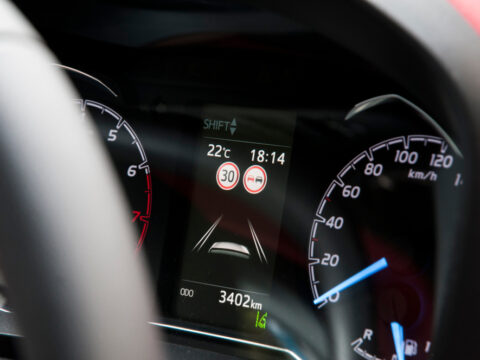As the world pivots towards a greener future, electric vehicles (EVs) have transitioned from a novelty to a staple on modern roadways. However, switching to an electric vehicle has a learning curve, especially regarding charging. Charging your EV is a substantially different experience compared to refueling a gasoline vehicle, with its own set of nuances and considerations.
Contents
Understanding Charging Levels
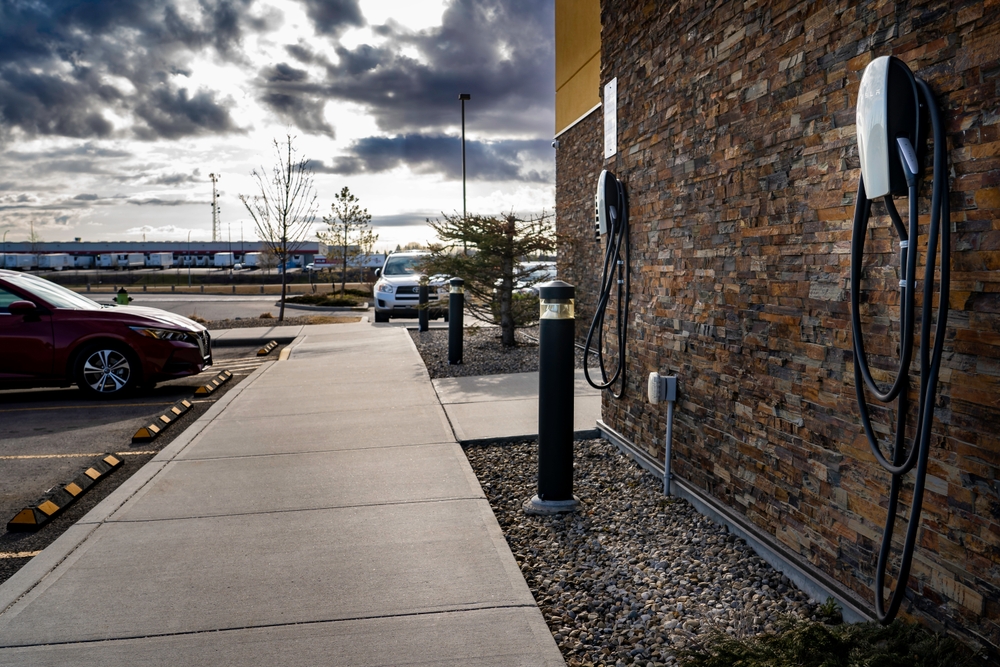
There are primarily three levels of EV charging: Level 1, Level 2, and DC fast charging. Level 1 utilizes a standard 120V AC outlet, and although convenient, it offers the slowest charging speeds. Level 2 chargers, often found in public charging stations and homes, operate at 240V and provide a much faster charging rate. DC fast charging, available at commercial charging stations, can recharge most batteries to 80% within 20-30 minutes. Understanding these levels helps owners choose the most appropriate charging method based on their needs and schedule.
Home Charging Setup

Investing in a home charging station can be a wise decision for EV owners. A Level 2 home charger will recharge an EV battery faster than a standard outlet. While setting up, ensure that your home’s electrical infrastructure can support the added load. Consulting with an experienced electrician to ensure a safe and efficient installation is crucial.
Optimizing Charging Time
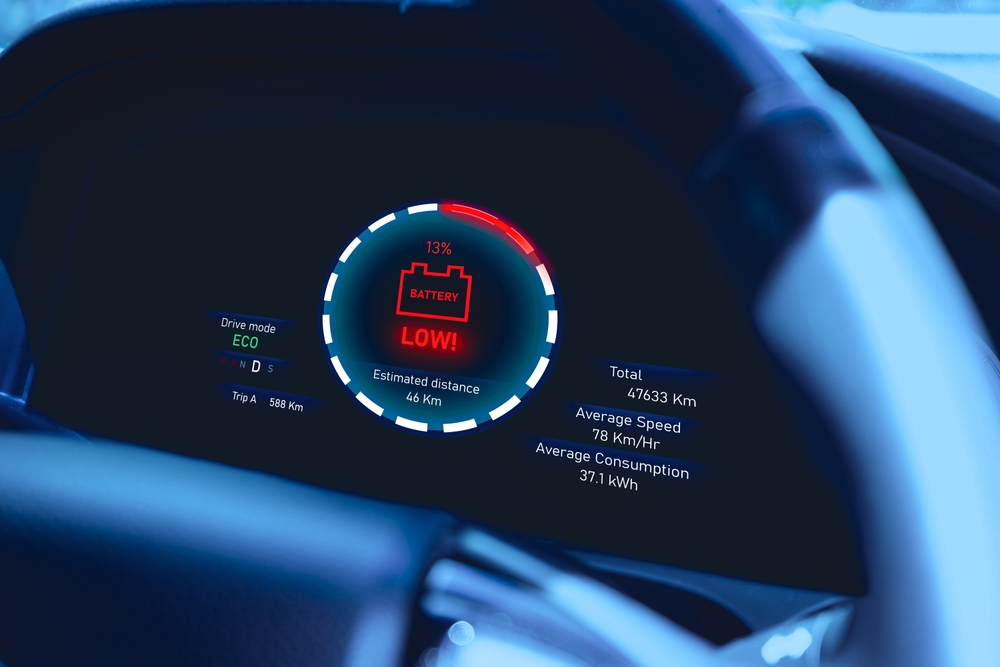
To optimize battery lifespan, experts suggest keeping the battery between 20% and 80% charge instead of fully charging it to 100% every time. Planning the charging time around your schedule and avoiding keeping the EV at full charge for extended periods can help maintain battery health.
Utilizing Off-Peak Hours
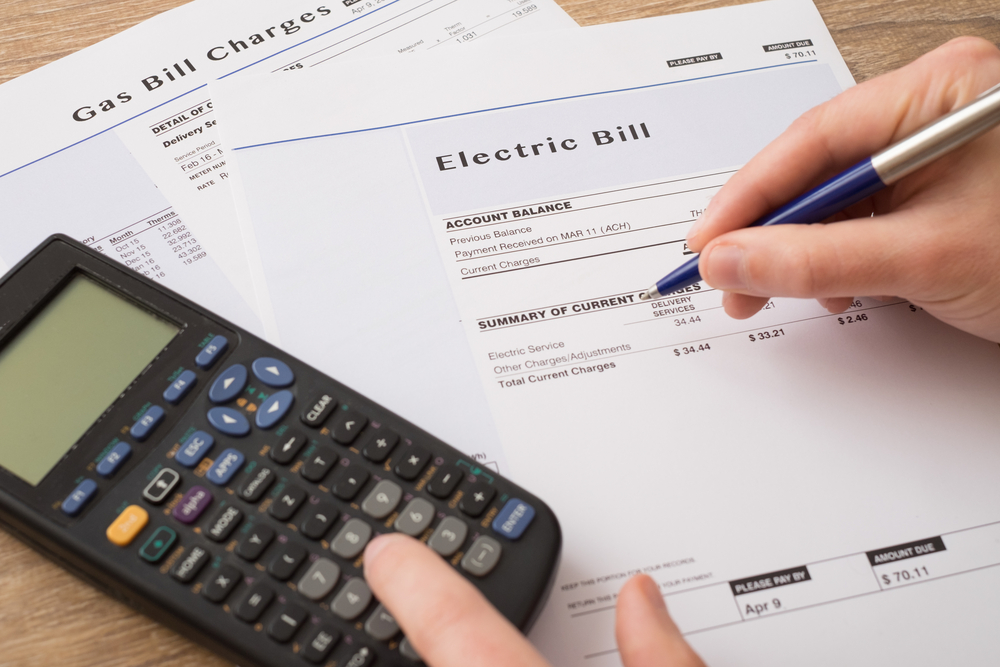
Electricity rates can vary depending on the time of day. Charging your EV during off-peak hours, usually at night, can be cost-effective. Many utility companies offer reduced rates for nighttime electricity usage, allowing EV owners to save money and reduce strain on the electrical grid.
Temperature Effects on Battery Life
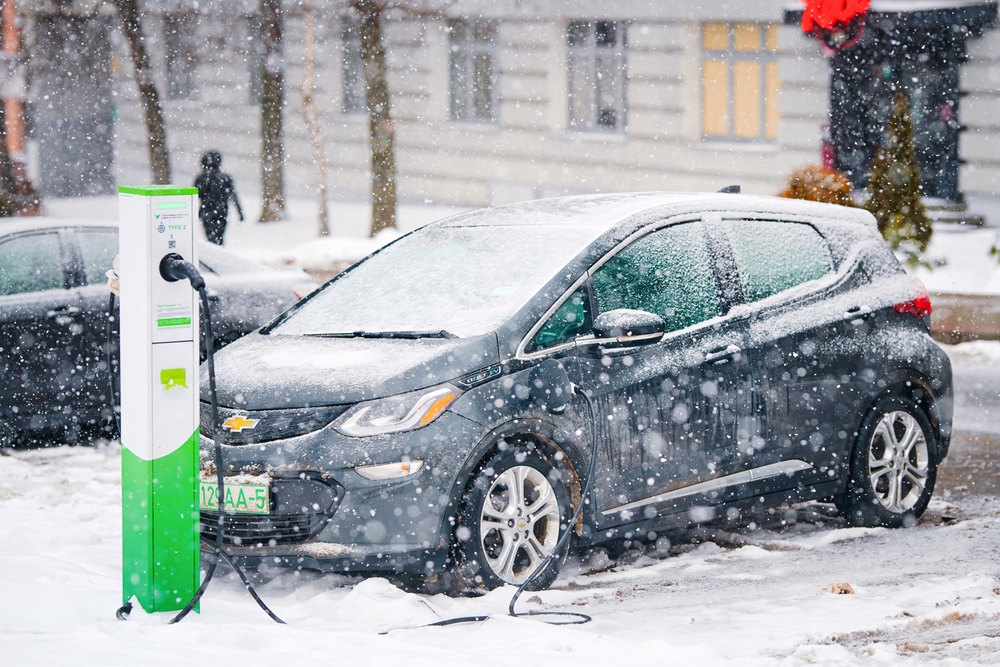
Extreme temperatures can adversely affect the EV battery’s lifespan and charging efficiency. In very cold conditions, the battery may charge slower and have a reduced range. Similarly, extremely hot conditions can also impair battery function. Utilizing climate control features to keep the battery at an optimal temperature can be beneficial.
Charging Speed Diminution at High Battery Levels
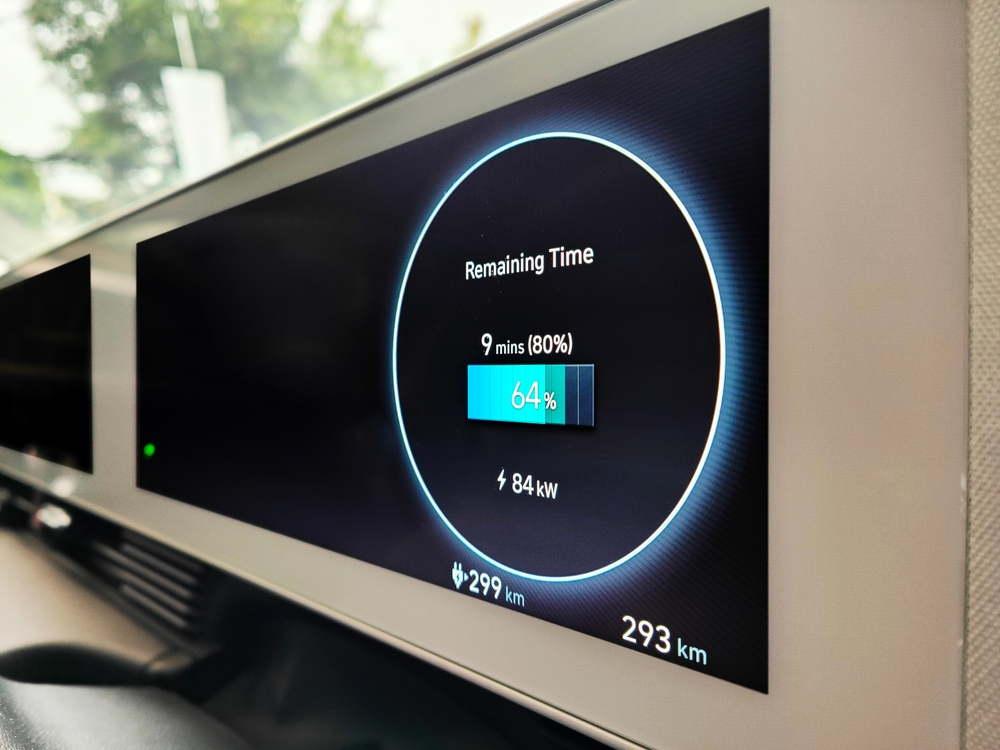
As the battery reaches a high state of charge, around 80%, the charging speed tends to diminish to protect the battery’s health. Knowing this can help you plan your charging stops more efficiently, especially on long journeys where time is a factor.
Cable Management
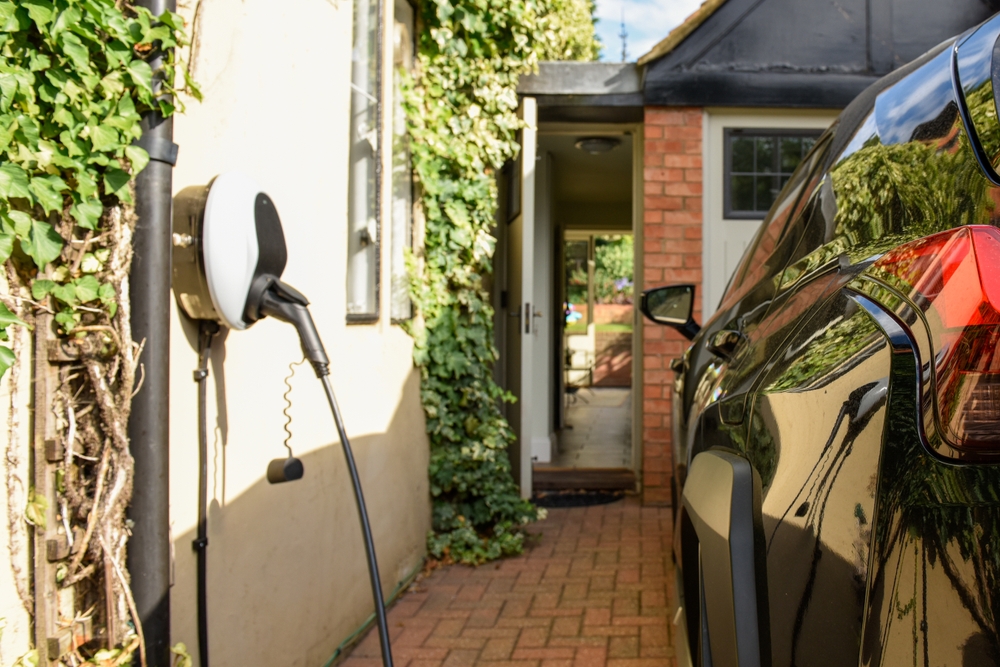
Proper cable management is vital to ensure safety and longevity. When at home or at a public charging station, ensure that cables are not creating trip hazards and are protected from wear and tear. Using cable organizers or protectors can be a wise investment.
Public Charging Etiquette
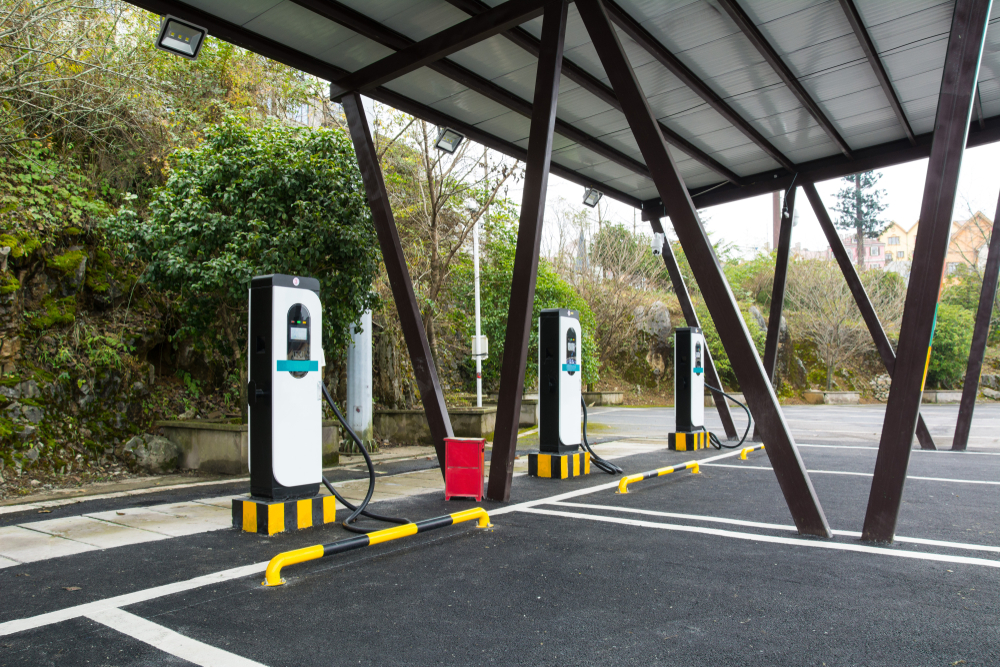
When using public charging stations, adhering to basic etiquette, such as not occupying a spot longer than necessary and avoiding charging during peak hours if your battery is sufficiently charged, can foster a better community experience. Always unplug and move your vehicle once charged to allow access to others.
Regular Battery Maintenance
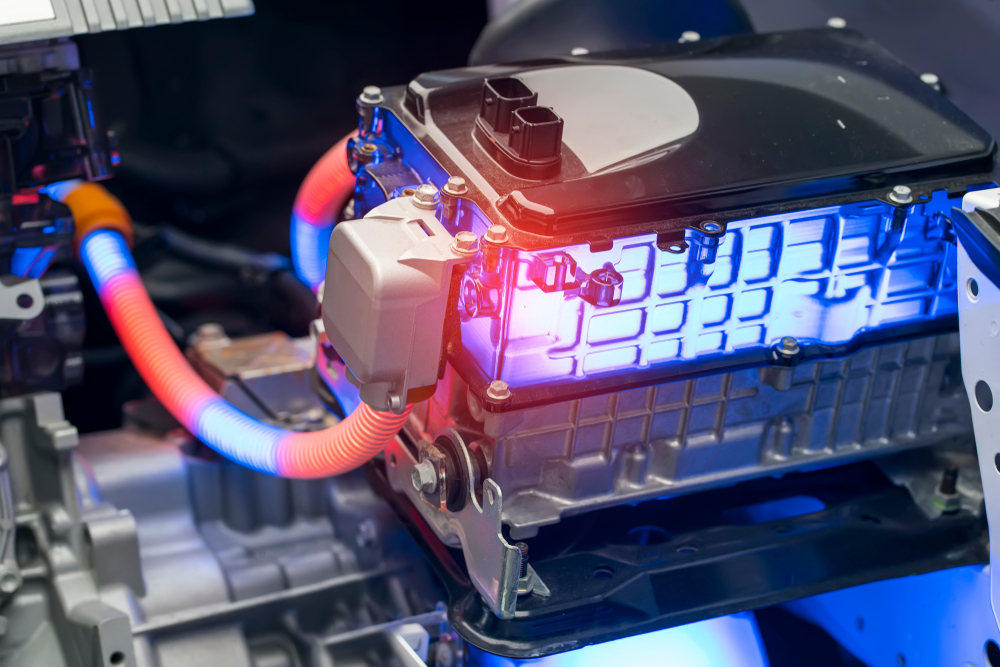
Regular battery maintenance is essential to maintain its efficiency and lifespan. This includes monitoring the battery’s health, keeping it clean, and seeking professional check-ups at recommended intervals. A well-maintained battery can serve you longer, providing good mileage and performance.
Software Updates
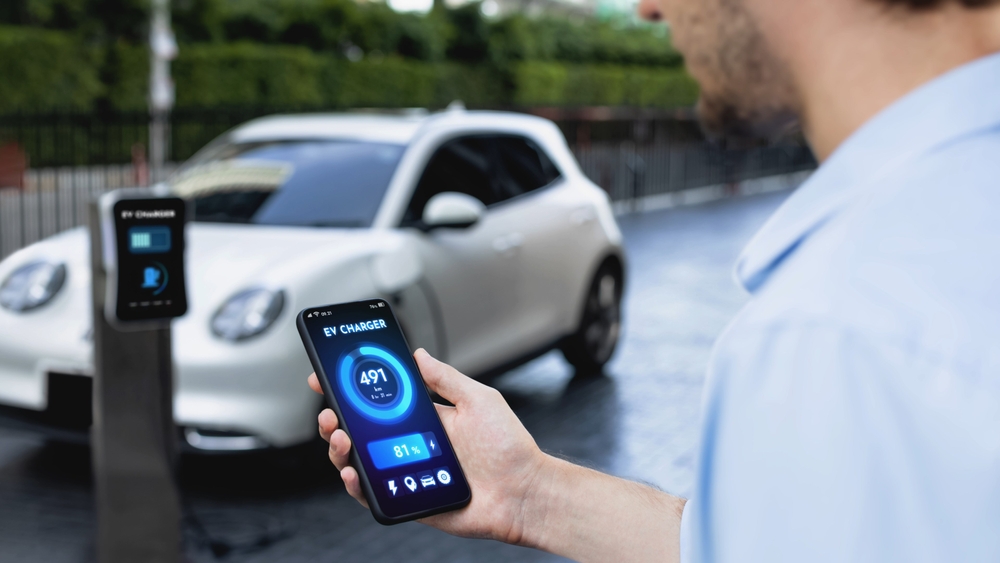
Modern EVs are often equipped with sophisticated software that governs various aspects of the vehicle, including charging. Keeping the software up-to-date ensures that your EV operates with the latest improvements and optimizations, potentially enhancing charging efficiency and battery management.
This article originally appeared on MyCarMakesNoise.
More from MyCarMakesNoise
15 of The Weirdest Racecar Designs Ever Made

Motorsports often showcase sleek designs built for speed and efficiency, but some engineers have boldly stepped off the beaten path, crafting racecars that defy traditional concepts. These unique creations, ranging from minivans on icy tracks to six-wheeled Formula 1 marvels, challenge our expectations of aerodynamics and aesthetics. Read More.
13 Issues to Consider Before Buying a Truck

Trucks are often lauded for their strength and versatility, but they aren’t without their shortcomings. Understanding issues like lower fuel efficiency and the practical challenges of handling a larger vehicle can help you decide whether a truck is the right choice for your driving needs. Read More.
20 Rare Honda Models You’ve Never Seen

From sporty roadsters to innovative electric vehicles, Honda has consistently pushed the boundaries of automotive design and technology. However, some of their most intriguing creations have remained relatively obscure, produced in limited quantities or reserved for specific markets. Read More.


